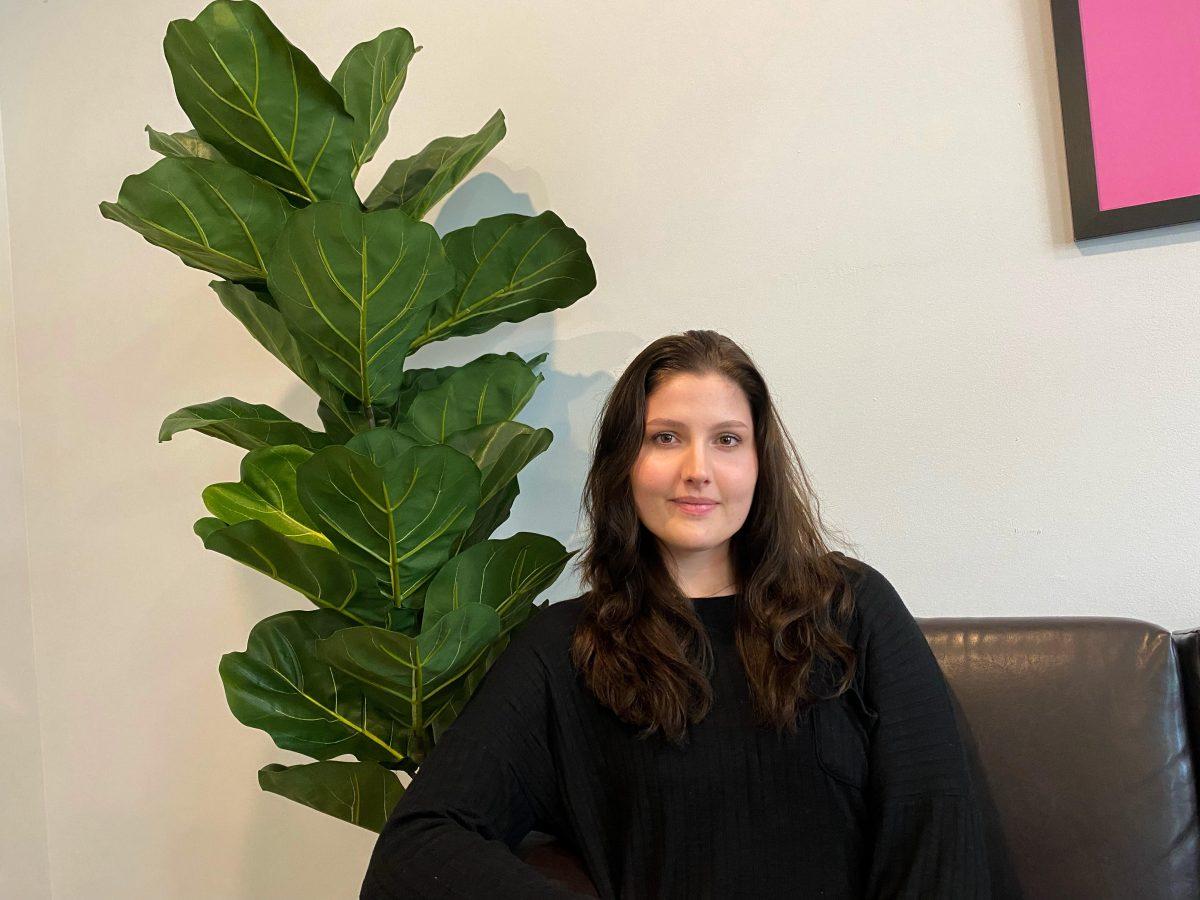Have you ever watched a paranormal movie or TV series? I’m sure you noticed that whatever is haunting the characters in the story only comes around when it feels like it, and the aggression increases with every appearance. Anxiety disorders, to me, feel like an unwelcome haunting.
Anxiety disorders affect roughly 40 million adults in the U.S., according to the Anxiety & Depression Association of America. They are an entirely different ball game compared to general anxiety, in which almost everyone can experience from time to time, like the nerves we get before taking a test. As stated by The American Journal of Psychiatry, those with anxiety are also often diagnosed with depression, which only adds to the problems people face when dealing with anxiety disorders.
Anxiety is not fun. I was officially diagnosed at the age of 20, but for a long time before then, my family treated me as if I had a bad attitude and a crummy outlook on life. Deep down, I was confused as to why I felt this way, because I knew it wasn’t who I normally was around my loved ones. I used to describe the feeling to my closest friends as if I were trapped under water and unable to break to the surface.
Before being diagnosed with anxiety, these feelings of shame and my family’s scolding continued to escalate whatever was haunting me. Out of nowhere and on an absolutely normal day I experienced my first full-blown panic attack.
There is never a true, solid reason behind any panic attack I’ve ever had. Sure, there are situations that may trigger it like overly crowded public areas, unorganized spaces, moving, several people talking at the same time — the list definitely goes on. The funny thing about anxiety and what may trigger the overwhelming feeling or panic attack is that it varies from person-to-person — a personalized haunting.
Unfortunately, because everyone who has an anxiety disorder is experiencing it differently, I’ve noticed there are not many people who know how to treat people when anxiety comes knocking at the door. To help myself and others who also struggle with how they can enlighten others on how to help them, I Googled it.
I, for one, have had a hard time when it comes to family and friends reacting to my moments. Unfortunately, people go straight for the usual “get over it,” “stop worrying” and my personal favorite — “it’s all in your head.” Obviously it’s all in my head, but I didn’t ask for this. With anxiety, you don’t have a choice, as stated by Psychology Today. Saying these words never help someone with an anxiety disorder — it actually makes it worse. However, when a few friends and family started caring more about how to help me through these times, I honestly didn’t know what I wanted them to say or do.
For those who have never experienced the irrational feeling anxiety can cause, jumping to the phrases stated above can make the person sink deeper and even cause them to feel angry. Not everyone who deals with this disorder experiences anger, but for some, the anger comes from the confusion as to why we are feeling this way in the first place. We have no idea why it is happening and we honestly just want it to stop. I think I speak for the majority of people with anxiety when I say, what truly matters the most in these moments is for someone to simply be there — no words, no actions.
When looking for the right things to say to someone going through an anxiety attack or an overwhelming situation, stay away from phrases that only throw fuel into the fire. Instead of “get over it,” try something along the lines of “I am here for you and we will get through this together.” Instead of “It’s all in your head,” distracting the person by going on a walk with them, talking about a good memory or even playing their favorite music can help pull them out of their head. There are many go-to phrases people tend to use first, but the alternatives can make a significant change.
Tweaking your responses in a helpful and calm way can actually bring the person back to reality and level out what they are feeling. As stated in an article by Health Grades, modeling a calm and relaxed behavior can lead to the person mimicking these actions and pulling them out of their racing mind. This includes deep and controlled breathing, relaxed body language and simply being there for them in the moment. Most people who live with this disorder know what works for them and what doesn’t. Just asking them and adhering to these things can make a world of a difference to not only them, but your relationship with them.
Not everyone will be open and transparent about having an anxiety disorder. If you notice signs that your loved one may be going through this, reach out, let them know you are there for them and ask what you can do to help.
For those who are beginning to experience this unwelcome haunting, Better Health offers some ways to manage or treat anxiety disorders. If you are unsure where to start, reaching out to the Counseling Center here on campus can lead you in the right direction.














